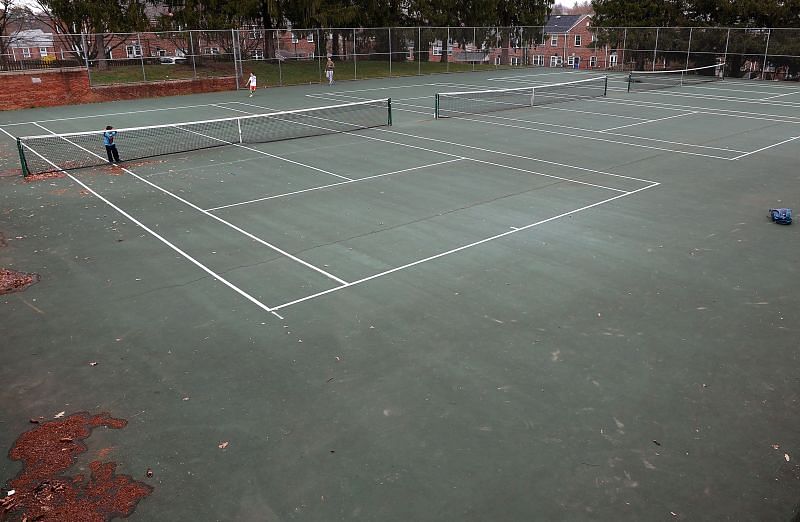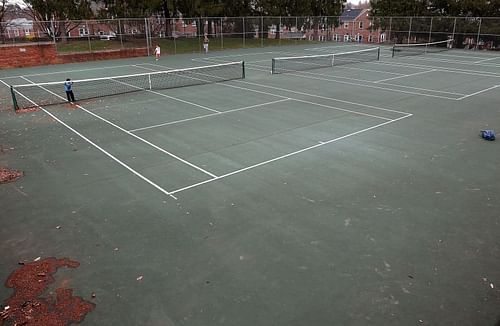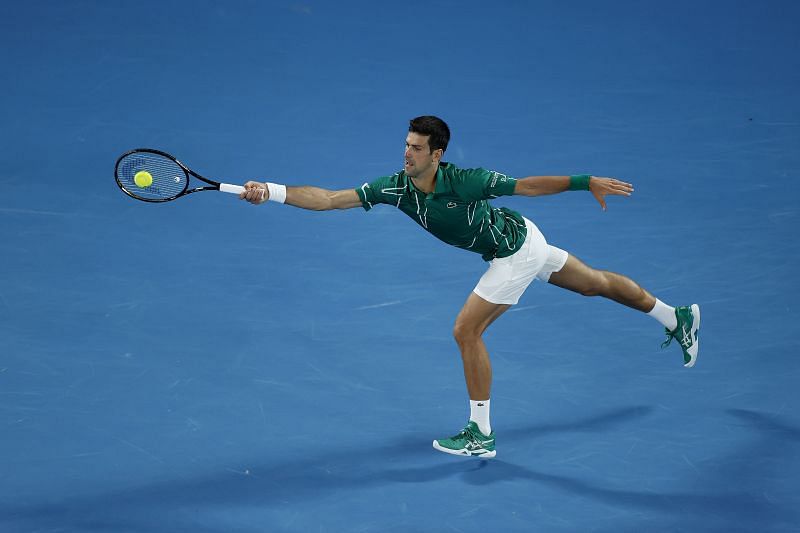
Tennis transmission disrupted, a virus dominates the airwaves

At the turn of the 20th century, Vladimir Lenin stated: "There are decades where nothing happens, and there are weeks where decades happen.” A professional tennis player may accidentally think that the Soviet leader was presciently referring to the current state of the professional tennis tour which has come to a grinding halt due to the onslaught of coronavirus around the globe.
Living out of a suitcase
Ask any tennis player and they will speak of life speeding by on a week-on-week basis. A tournament begins Monday, and if one does well through the week then they could be playing the finals on a Sunday. Whether they win or lose the finals, the players need to pack their bags, head to the nearest airport, book the next hotel, and check in to the next tournament that is scheduled to begin the following Monday.
Now, suddenly, the entire tennis entourage - players, coaches, support staff, officials, and fans are witnessing a once-in-a-lifetime situation of being at home for several weeks in a row.
2020 season starts and then stops
After the customary break from mid-November to early January, the tennis circuit started cautiously this year. Not referring to the coronavirus (yet). When the tennis swing began in Australia, the country was facing another crisis – wild bushfires that devastated millions of square kilometers causing damage to flora, fauna, and humans.
While several players complained about the poor air quality over the Melbourne skies, the Australian Open authorities were keeping the fingers crossed, wondering if the packed tennis calendar will permit a re-schedule.
Fortunately, the situation in Melbourne did not get any worse in January (although something else was brewing in China by then) and the Australian Open managed to finish on schedule. By the time the tour reached Dubai and Acapulco and was heading towards the US (Indian Wells), a devastating virus named COVID-19 was causing worldwide damage at an unprecedented rate. When life itself is at stake, the entire sport looked as small as the yellow ball on the tennis court. At the time of writing this article, both ATP and WTA tours were suspended up to June 1st week.
Lockdowns and tennis

The grim period we are facing right now seems like a ‘never before’, yet the sport of tennis did face challenging times in the past. During WWI and WWII, all major tennis tournaments were canceled. The story goes that Wimbledon centre court had a giant hole during the 1940s as a result of world-war bombing and took several years of repair to become a playable surface again.
In 1968, the sport officially became Open, a term used when professional players were allowed to compete with amateurs and tour prize money became a norm. Since then, the closest an event came to the brink of disruption was the US Open 2001, when the tournament completed a week before the horrific 9/11 incident in New York. The tennis calendar luckily was at its season tail-end at that point in time.
What lies ahead
The next few weeks hold a unique and uncertain passage of time for the tennis fraternity. While top players like Roger Federer, Rafael Nadal, Novak Djokovic, and Serena Williams may even benefit from this break to heal their stressed bodies and spend quality time with their families, the lower-ranked players face the real threat. The livelihood of players ranked 100 and lower is tightly linked to tournaments being organized and more importantly to the prize money they collect every week.
One such player is Georgia's Sofia Shapatava, ranked 375 on the women’s tour. She has appealed to the International Tennis Federation (ITF) with an online petition to provide financial assistance to the player groups during the shutdown period. While the top players have started to generously donate money to health relief funds during this crisis, ATP and WTA Player Councils must address the issue of all players by inviting relevant stakeholders – sponsors, federations, Broadcasters, and players to the table and make swift decisions towards player welfare.
An individual sport on the outside needs a team sport strategy from the inside to ensure that the health and well-being of this beloved sport is and all its stakeholders are not compromised by a tragedy that is wreaking havoc in all walks of life.